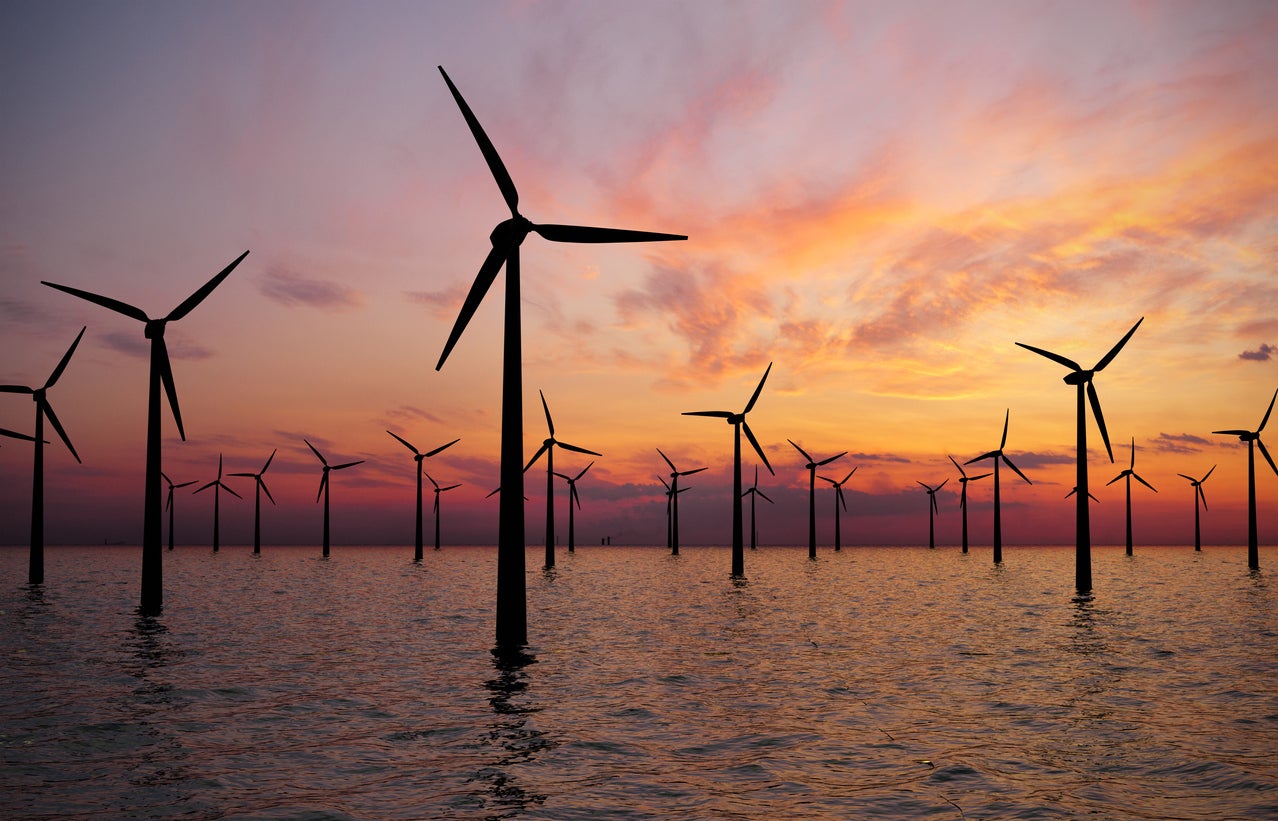Nonsteady Load Responses to Atmospheric and Mountain Turbulence Eddies Relevant to Main Bearing Function: A Validation Study with the NREL/GE 1.5 MW Wind Turbine
European-American Collaboration in Wind Energy Seminar Series

8:00 – 9:00 am MST
James Brasseur
Dr. James Brasseur is currently Research Professor of Aerospace En gineering Sciences at the University of Colorado Boulder after 27 years as Professor of Mechanical Engineering, Biomedical Engineering and Mathematics at the Pennsylvania State University, where he retains Emeritus Professor status. Dr. Brasseur is a fluid dynamist with extensive expertise in turbulence physics, turbulent flows, and large-eddy simulation, including atmospheric and reacting turbulent flows. He has separate expertise in the mechanics and physiology. of the gastro-intestinal tract, including pharmaceutical release, transport and absorption. Dr. Brasseur completed. his Ph.D. in 1979 from the Department of Aeronautics and Astronautics at Stanford University and completed. postdoctoral positions at NASA-Ames (CFD), University of Southampton (aerodynamics) and Johns Hopkins University (turbulence). He has been visiting professor/scientist at a number of institutions and has served on governing boards of the American Physical Society (APS) and the APS Division of Fluid Dynamics, was past president of a medical society and was founding Chair of the APS Topical Group on the Physics of Climate. Dr. Brasseur is a member of the Johns Hopkins Society of Scholars and is Fellow of the American Physical Society. Laboratory, which at that time merged with DTU. The key research area has been engineering modelling of wind turbine aerodynamics and wake flow with major contributions to development of the BEM model implementation in HAWC2, the Near Wake (NW) mod el and the Dynamic Wake Meandering (DWM) model. Another main research area has been experimental aerodynamics, e.g. as project lead on the DanAero ex periment in 2009 and recently heading the development of an add-on inflow and pressure belt system for installation on industrial MW turbines. Also involved in technology development like flap systems from prototype wind tunnel testing in 2009 to full scale testing in 2021 and 2022 on a 4 MW turbine. He has furthermore been lead on the recent national Low Wind project exploring low specific power turbines with a specific power of 100 W/m^2.
Abstract
In both large-eddy simulation (LES) with actuator line model (ALM) representations of wind turbine blades and in analysis of data from a GE field campaign, we have previously shown three characteristic time scales in the aerodynamic response of wind turbine rotors to the passage of energy containing turbulence eddies within the daytime atmospheric boundary layer (ABL): a minute time-scale associated with the advection of high and low speed turbulence eddies through the rotor plane, the blade rotation time-scales (seconds), and a sub-second timescale created in response to the rotation of rotor blades through internal gradients within ABL eddies. In thecurrent study we contrast LES-ALM analysis of wind turbines within the daytime ABL with analysis of field.data from the NREL/GE 1.5 MW wind turbine 4.5 km to the east of the Rocky Mountain Front Range. With field analysis we contrast the responses to the passage of the mountain-generated eddies embedded within the westerly winds with the ABL eddies embedded within northerly/southerly winds. Specific to potential failure mechanisms underlying main bearing function, both computational and field data show that turbulence-generated time variations in out-of-plane bending moment are of order time variations in torque (and power). However, the temporal variations in these two responses are uncorrelated, implying fundamentally different. forcing mechanisms. We find this to be the case in the field data with both mountain-generated eddies (westerly winds) and ABL-generated eddies (northerly/southerly winds). With westerly winds we find similar statistics using met or nacelle cup anemometers. The field studies validate the key results from the computational study. and show even stronger response in the non-torque bending moment than in the computer simulations. In all cases, the torque and non-torque bending moments are uncorrelated with fundamentally difference mechanisms. driving power generation vs. main bearing forcing and function associated with the passage of the energy - dominant turbulence eddies through the wind turbine rotor disk.
Contact
Please direct questions/comments about this page to:
Sue Ellen Haupt
Senior Scientist, Research Applications Laboratory